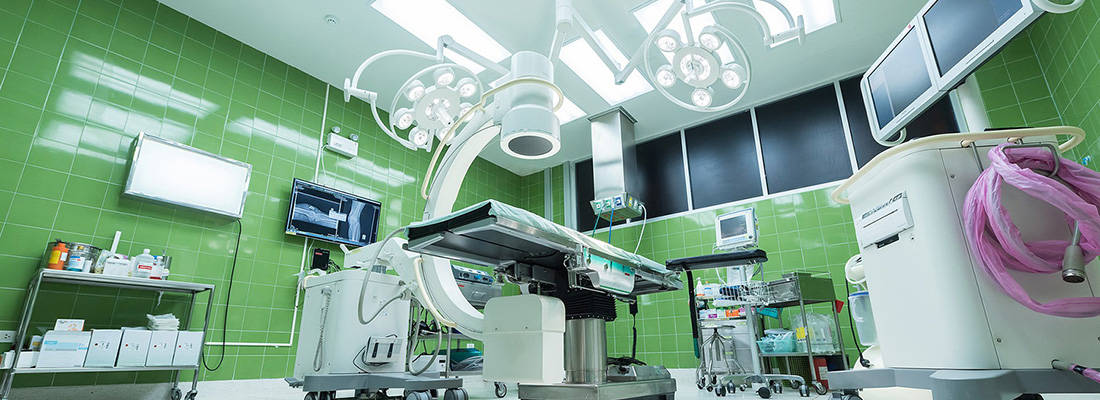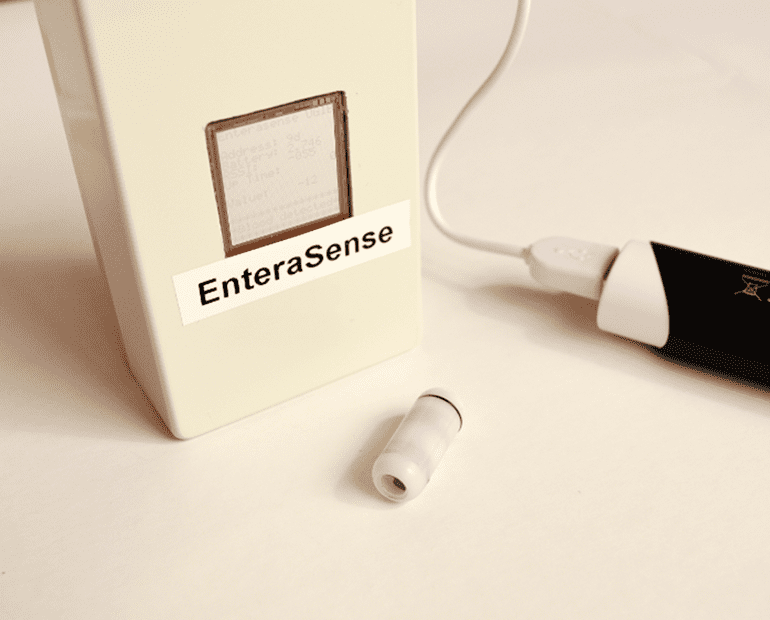
Development of a swallowable capsule for detection of intestinal bleeding

Internal bleeding
Enterasense is an Enterprise Ireland High Potential Start-up (HPSU) company based in Galway, developing an ingestible biosensor that detects bleeding in the gastrointestinal tract in real time without requiring a complicated intervention.
Ingestible pill
The company approached CAPPA with a view to developing the optical elements of this swallowable pill to be used for the detection of intestinal bleeding post-surgery. The unit had to be small enough to fit inside a pill-shaped container which the patient would ingest. Some initial work had been done to source a simple solution by the company from which they wanted to develop a working design.

1
high potential startup
2
Innovation Vouchers
1
protoype in development
“CAPPA helped us to better understand the challenges of the technology and identify the most effective way to develop and test a functional prototype. The result of this collaboration was a functional demonstrator which helped us to pitch the device to our customers and get valuable feedback from them. The team in CAPPA is extremely skilled and they delivered a high-performance prototype. In particular, we really appreciated the fact that the team listened to our direction and worked with us to deliver exactly what was needed. The team responded quickly to changes and offered innovative solutions to overcome problems and challenges met during the project. We found the experience very positive and we encourage other companies who need to up-skill their teams to work with CAPPA.”
Chiara Di Carlo
R&D Engineer, Enterasense
The EnteraSense & CAPPA partnership
Through a combination of an Enterprise Ireland Innovation Voucher and subsequent 100% funded projects from the company, CAPPA investigated a variety of ways in which the signal detection could be improved, implementing bespoke LEDs, filters and detector systems.
CAPPA also investigated appropriate layouts of the optical components in order to produce the most efficient design. CAPPA also partnered with its sister Gateway in CIT, TEC, to assist in the development of the driving, measurement and output electronics required for the unit.
Several small evaluator models were constructed along with a Bluetooth interface to monitor the unit’s operation in an artificial environment. The company now had a demonstrator to exhibit at a high profile medical device conference in the US. Following on from feedback with the clinicians present, the company is hoping to progress the product development by further enhancing its capability, robustness and operation.